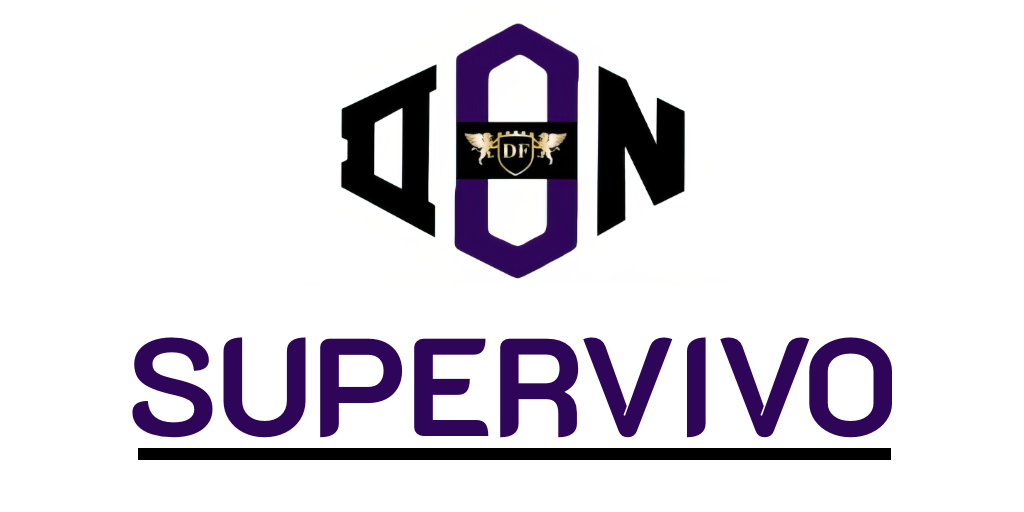In today’s rapidly evolving digital landscape, SaaS tools have fundamentally transformed the way teams operate. However, this transformation brings with it an important question: are your SaaS tools slowing down your team? While these platforms offer unprecedented flexibility and scalability, their performance can significantly impact team productivity. As organisations increasingly rely on these solutions, it is crucial to assess whether they enhance or hinder team dynamics. Join us as we explore the delicate balance between the advantages of SaaS performance and the potential pitfalls that can slow your team’s momentum.
Understanding SaaS Performance and Team Productivity
In an era of rapid digital transformation, understanding the concept of software as a service (SaaS) becomes essential. SaaS refers to software solutions that reside on the cloud, allowing businesses to access applications via subscription models. This approach simplifies deployment and reduces the burden of maintenance, ultimately enhancing SaaS performance across various sectors. Companies increasingly rely on these tools as they foster teamwork and collaboration, playing a pivotal role in boosting team productivity.
What is Software as a Service?
Software as a service is a model that provides software applications over the internet, eliminating the need for installation on local devices. This flexibility allows teams to work from various locations without compromising access to essential tools. By leveraging cloud infrastructure, businesses can maintain updated software and address security concerns more effectively. The convenience and scalability of SaaS enable organisations to customise their workflows, tailoring applications to meet specific team needs.
The Impact of SaaS on Team Dynamics
SaaS tools significantly influence team dynamics by streamlining communication and collaboration. These applications can simplify project management and centralise information sharing. Yet, challenges may arise, such as information overload or misalignment if tools are not properly integrated. Companies should strive to select compatible tools that complement one another, ensuring a smooth workflow. Successful SaaS integration can lead to remarkable improvements in organisational effectiveness, illustrating the delicate balance between utilising technology and maintaining productivity.

Are your SaaS tools slowing down your team?
In today’s fast-paced business environment, the efficiency of your team relies heavily on the tools employed for daily operations. Assessing whether your SaaS tools are hindering productivity has never been more critical. With user interfaces that can often be inefficient, complex workflows, and the prevalence of redundant applications, it becomes vital to ask: Are your SaaS tools slowing down your team?
Many users express frustrations over slow loading times, excessively complicated processes, or even tools that fail to integrate effectively with existing systems. Such challenges not only waste time but can also diminish motivation and decrease overall team morale. Regular assessment aids in discovering the actual value these applications provide against the background of team productivity.
Consider your current software toolkit. Are all these applications necessary, or could ongoing software optimisation alleviate unnecessary burdens? It is essential to recognise patterns in team feedback in order to ascertain how these digital resources contribute—or detract—from your overall business objectives.
Identifying Common SaaS Challenges
Organisations increasingly rely on cloud-based tools to streamline operations and enhance productivity. Even so, several common SaaS challenges can hinder effectiveness. Understanding these issues is vital for optimising performance and creating a conducive work environment.
Slow Load Times and Their Effects
Slow load times can be one of the most frustrating common SaaS challenges teams face. When applications take too long to respond, the impact on productivity is significant. Team members may find themselves waiting, leading to unnecessary delays and interruptions in workflow. This lag can create a ripple effect, where the cumulative time lost results in an overall decrease in team performance. Frustration may grow as employees grapple with unreliable software, undermining morale and collaboration.
Integration Issues with Cloud-based Tools
Another prevalent challenge involves integration issues. When cloud-based tools fail to work seamlessly together, the consequences can be detrimental. Teams often experience duplicated efforts and broken communication lines between applications. These inefficiencies may cultivate a sense of disconnection among team members, as they navigate through disparate systems. Addressing integration issues is essential in ensuring that all parts of the digital ecosystem function harmoniously, fostering a more productive work environment.
Strategies for Software Optimisation
In the quest for enhanced productivity, businesses often overlook the importance of software optimisation. A structured evaluation of your current SaaS tools is vital for identifying potential inefficiencies. This section delves into effective strategies for assessing your current SaaS toolkit, followed by the need to focus on application performance rather than an overload of features.
Assessing Your Current SaaS Toolkit
A comprehensive review of your existing SaaS toolkit can reveal both redundancies and underutilised features. Begin by gathering insights through user surveys to understand which tools are truly beneficial. Data-driven decisions facilitated by analytics can assist in making informed choices regarding software that genuinely contributes to team performance.
Prioritising Performance Over Features
When selecting SaaS tools, prioritising performance over features is crucial. A wealth of features can be enticing, yet if these do not enhance reliability or usability, they may hinder overall productivity. By focusing on core functionalities that support the team’s foundational needs, organisations can achieve a more streamlined approach to software utilisation and optimised workflows.
Improving Efficiency with Tech Solutions
In the ever-evolving landscape of business operations, organisations continually seek ways to improve efficiency. Embracing innovative tech solutions becomes crucial not only for maintaining competitive advantage but also for enhancing team productivity. A pivotal part of this process involves leveraging analytics to monitor performance effectively.
Leveraging Analytics to Monitor Performance
Analytics serves as a powerful tool in understanding how SaaS applications are used within an organisation. By tracking user engagement and application performance, businesses can identify inefficiencies and areas for improvement. Solutions like Microsoft Power BI or Google Analytics provide comprehensive insights, enabling teams to make informed decisions based on real data rather than assumptions. This data-driven approach helps pinpoint specific pain points, allowing organisations to tailor their SaaS tools to better meet team needs.
Investing in Scalable Business Applications
Investing in scalable business applications ensures that technology keeps pace with company growth. This flexibility is essential in today’s fast-paced market, where needs can change rapidly. Solutions such as Salesforce and HubSpot exemplify platforms designed to evolve alongside businesses. They offer features that can grow from basic functionalities to more complex options as requirements increase. By choosing scalable applications, organisations position themselves for sustained success, adapting their operations efficiently as potential challenges arise.
Future-Proofing Your SaaS Strategy
As businesses navigate the evolving landscape of technology, future-proofing your SaaS strategy becomes imperative. Organisations must remain agile, adapting to shifting business conditions while being proactive in fostering a culture of continuous improvement. This approach not only prepares teams for immediate challenges but also positions them for long-term success in an increasingly digital workspace.
Staying informed about emerging SaaS technologies is a critical aspect of a robust SaaS strategy. Regularly assessing the software landscape allows organisations to identify innovative solutions that can enhance productivity and create efficiencies. By actively seeking out partnerships with forward-thinking SaaS providers, businesses can leverage cutting-edge tools that prioritise innovation, ensuring their teams are not just equipped but empowered to excel.
In embracing these strategies, companies can enhance their competitive edge and secure a future-ready workforce. By investing in a dynamic and flexible SaaS environment, organisations position themselves to harness the full potential of their tools, ultimately enabling teams to thrive well into the future. Future-proofing your SaaS strategy is not merely a choice; it is a vital commitment to enduring growth and success.









